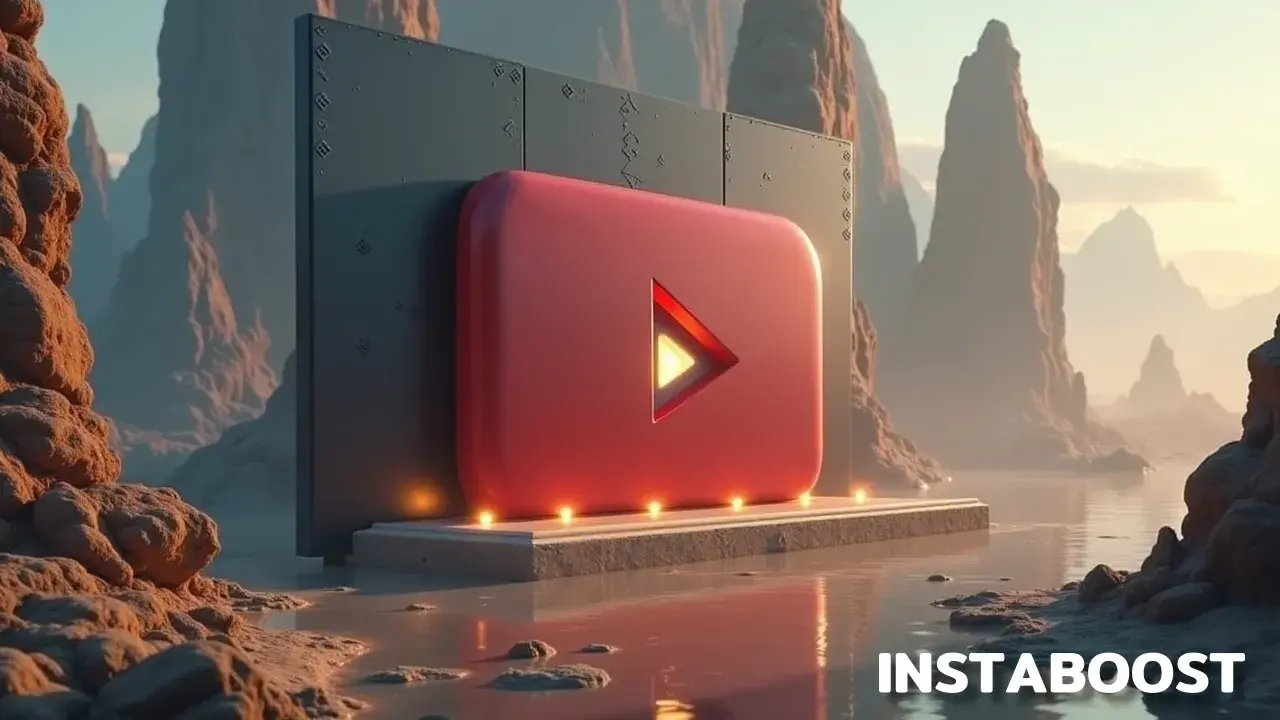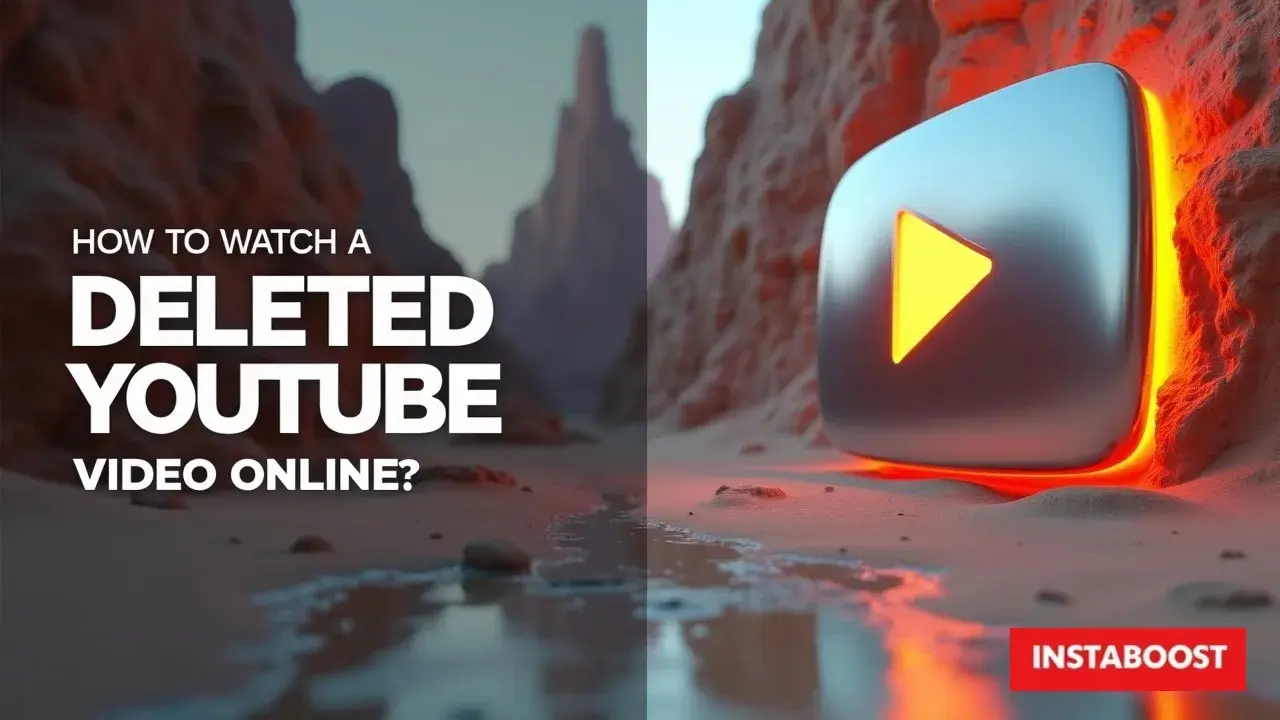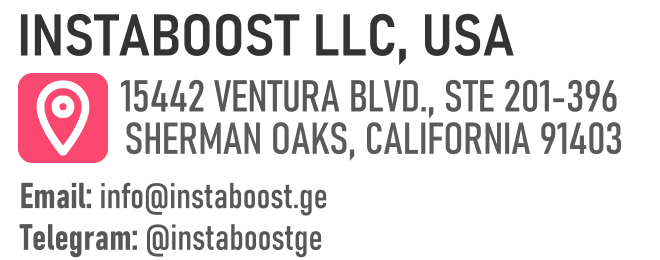How to Watch a Deleted YouTube Video Online?
It is sometimes possible to recover context from a deleted YouTube video using structured methods. Matching the approach to the moment helps when the content matters for research or reporting, allowing progress even if the original link no longer works. Techniques that preserve context can support holding watch time across sessions. A smart path prioritizes methods that reliably reconstruct key details so the material remains useful and verifiable.
Why Deleted Doesn’t Always Mean Gone
When a YouTube link dies, don’t panic. Shift your approach. Videos vanish for all kinds of reasons – a creator re-edits and re-uploads, a channel goes private, a rights holder files a takedown, or URLs change during a rebrand.
Each scenario leaves different traces across the web, and you can follow those to watch a deleted YouTube video online or at least recover the substance through transcripts, mirrors, contextual clips, and creator-approved replacements. The key is matching your method to the moment. If you’re researching, favor sources with strong retention signals – original titles, timestamps, and real comments – so you can verify that what you’re seeing aligns with the missing upload.
Each scenario leaves different traces across the web, and you can follow those to watch a deleted YouTube video online or at least recover the substance through transcripts, mirrors, contextual clips, and creator-approved replacements. The key is matching your method to the moment. If you’re researching, favor sources with strong retention signals – original titles, timestamps, and real comments – so you can verify that what you’re seeing aligns with the missing upload.
If you’re a creator or marketer chasing an asset for competitive analysis, pair discovery with clean analytics; remember that strategies around effective YouTube promotion often surface legitimate mirrors and replacements that carry over engagement signals. Track watch time on alternates, compare engagement on verified mirrors, and note whether a creator collaboration or targeted promotion surfaced a legitimate reupload. Paying for accelerants can help when used with safeguards – qualified tools with transparent indexing and exportable logs make it easier to measure what you found and when, which matters if you’re compiling a report or defending fair use.
And if the video is gone for a good reason, there’s often a sanctioned path through creator newsletters, Patreon updates, or a private channel preview where the original context sits behind light friction. The crisp insight is simple: recovery works when you treat deletion as a routing problem, not a dead end – start with provenance, follow stable identifiers, and choose methods that fit your intent and timeframe.

Why Trust the Trail You Can Verify
Even sharp teams miss this. Credibility isn’t about the fanciest tool. It’s about a verifiable trail you can point to when someone asks, “How do you know?” If you’re trying to watch a deleted YouTube video online, anchor your recovery steps to sources with public provenance: the original URL slug, creator handles, official statements, and timestamps you can corroborate. A simple rule saves time and protects your reputation. If a mirror, re-upload, or archive can’t be tied back to the creator’s footprint or credible audience signals, treat it as a lead, not a conclusion. Cross-check with authoritative breadcrumbs like creator-approved replacements, channel community posts, press coverage, or a cached watch page that still shows title, duration, description, and real comments with date continuity.
Pair that discipline with structured tooling used well; reputable web archives with clear snapshot dates, clean analytics from your own testing loop that asks whether viewers recognize the content, and targeted promotion in relevant communities can surface legitimate mirrors while filtering low-quality noise, and approaches that quietly prioritize fit over flash can help you build trust with more subscribers without distorting the signals you depend on. This works when you preserve retention signals – accurate titles, intact metadata, and context that keeps watch time steady across sessions – so your audience sees what you saw.
If rights are involved, keep it above board. Privilege official re-uploads, collaborations, or creator-sanctioned sources. When you use promotion or trials for discovery, choose qualified services that measure clicks, view duration, and audience fit rather than raw volume. The quiet advantage is that credibility compounds. Once you can cite a consistent chain from URL to cache to verified mirror, you can say you’ve retrieved the substance with confidence, even if the original is gone, and your readers can independently retrace every step.
Map the Trails, Commit Only to Verified Steps
Build the bridge before the leap. Anchor everything to the original YouTube URL, even if it’s dead, because the video ID is your compass across archives, creator socials, and search operators. Drop that ID into the Wayback Machine, then check snapshots against creator handles, upload dates, and known titles. If they line up, you have provenance. When “watch a deleted YouTube video online” is the goal, widen the net with intent. Scan X, Reddit, and creator community posts for re-upload notices, and try variations of the original title plus distinctive phrases you remember in quotes.
Mirrors and compilations are viable when you can tie them to the creator’s footprint or meaningful audience signals like real comments, consistent thumbnails, and matching timestamps. If the video was pulled for rights, shift from full copies to credible derivatives such as official clips, press embeds, or creator-approved replacements. Paid accelerants can work when they’re reputable and matched to intent, and staying nimble with workflow hygiene helps you get noticed faster on YouTube without muddying the trail you’re verifying. Keep a light testing loop. Log source, date, match confidence, and whether the material preserves substance like transcripts, context, and key visuals.
If you’re rebuilding context rather than the exact file, prioritize transcripts from captions caches, news citations, and collab partner uploads. Pin your findings in a private playlist or a research doc so you keep momentum between sessions. The crisp insight is that the shortest path isn’t “find the video.” It’s “verify the trail,” because once you can point to a public, time-stamped lineage, the right mirrors and creator-approved replacements often surface where search intent and credible signals converge.
When the Clip Looks Right but the Context Is Wrong
It feels sharp until it doesn’t. You land on a clean mirror with the right thumbnail and title, you hit play, and that how to watch a deleted YouTube video urge eases – except the edits are tighter, the intro is off, and the comments read like a ghost town. That’s the moment to pause and push back, not panic. Treat every near-match as a working lead and test it against what you can verify: the original video ID, creator handles, and timestamps that line up with public posts. If the audio bed or sponsor read strays from known patterns, log it, then steer toward a stronger path. Cross-check with a reputable web archive, creator newsletters, or a collaborator’s repost with authentic retention signals and real comments; paid accelerants only help when they map to intent rather than noise, and some people confuse that with attempts to attract more eyes to your content instead of improving provenance.
Paid accelerants work when they’re matched to intent – targeted promotion or a short trial on a qualified monitoring tool can surface higher-quality mirrors faster if you feed it the exact slug and title variants, and measure precision over volume. Keep a simple testing loop as your safeguard. Snapshot the candidate, map metadata to the creator’s footprint, and confirm continuity across uploads or official statements. When the goal is how to watch a deleted YouTube video online for research, put provenance first and play second. Convenience can wait until the source clears scrutiny. A crisp, non-obvious tell is early momentum. Re-uploads that reach the creator’s audience tend to show familiar cadence in comments and retention curves. Isolated mirrors without that ballast often hide edits or lose context. Push back lightly, verify hard, and commit only when the trail holds.
Keep the Signal, Not the Noise
You didn’t need an ending. You needed a reminder. Treat recovery like a loop, not a lottery. If your hunt to watch a deleted YouTube video got you close, lock in what worked and formalize it for next time. Keep a simple tracker tied to the original URL and video ID. Log each lead you test – archive snapshots, creator reposts, mirrored uploads, even playlist ghosts – and tag them by credibility.
Matching titles, consistent upload windows, real comments, and creator acknowledgments are retention signals. Blank descriptions and generic channels are low-signal. If you need speed, it can help to accelerate with targeted promotion or paid tooling, as long as it’s matched to intent, including quiet boosts such as buy social boost via YouTube shares when it serves discovery rather than vanity. Reputable digital archives, verified-data scrapers, and social listening with clean analytics can surface variants faster when you calibrate filters to the ID and cross-check against creator handles. When you think you’ve found it, confirm context first.
Pause on intros, compare timestamps to public posts, and measure watch time across sessions before you share. If you’re compiling sources for research, create a private playlist or a private YouTube channel to stage candidates, gather focused feedback, and verify engagement without muddying the public footprint. If your goal is simply to watch, use reputable mirrors and archive players, and preserve provenance by saving the ID, snapshot URL, and capture date so you can defend the find later. And if it’s gone for good, document the path you took. That map is your next advantage – the moment a creator resurfaces the clip, collaborates on a recap, or drops a director’s cut, you’ll be first to validate it because your compass was never the hype, only the ID.















